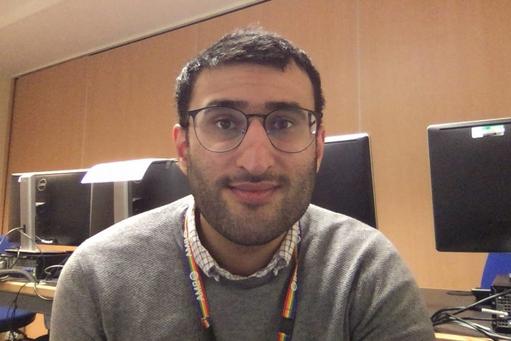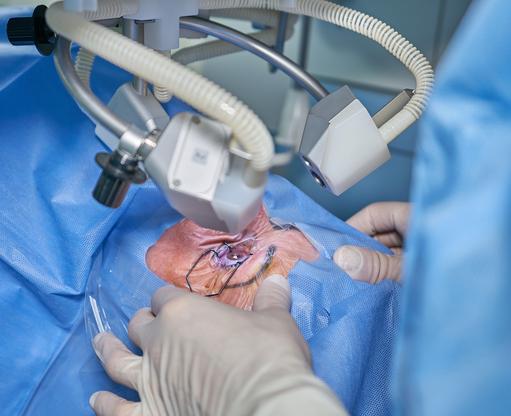|
Cataract surgery, once only for elderly patients, is now increasingly being performed on younger baby boomers.
Facts
More than half of the over-65s suffer from cataracts, which are cloudy patches in the lens that make vision blurred or misty. The condition is linked to smoking, poor diet or health conditions such as diabetes.
Cataracts can affect your ability to read, write, watch TV, work at a computer, and drive. Severe cases can affect your ability to wash, dress, cook and work.
According to the World Health Organization (WHO), 285 million people worldwide are visually impaired, 90% of these live in developing countries where cataracts are the leading cause of blindness.
|








